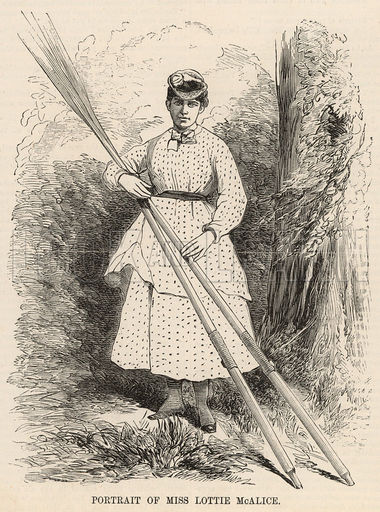Women could vote before they could row.
Let me say that again in this centennial year of the 19th Amendment: Women could vote before they could row.
Startling as that may seem, it’s true that back in 1920 all rowing clubs in the United States were men-only.*
Yes, on occasion in the 19th century, some daring woman such as Lottie McAlice would announce a challenge row — a kind of freak sensation that would draw bets and a $2,000 purse for her, the winner.

And Fanny Eakins, the sister of painter Thomas Eakins, got out on the river in the 1860s. His letters from Paris to her suggested she row to lift her spirits.
But overwhelmingly, women in Victorian times and beyond were simply seen as too frail for this “manly sport.” They did not belong.
That began to change in 1938 when Ernestine Bayer, Ruth Adams Robinhold and other secretaries and clerks banned together to rent a suddenly empty structure on Boathouse Row, the Philadelphia Skating Club. Philadelphia Girls Rowing Club (PGRC) became the first competitive rowing club for women in the country.
The women, though desiring competition, found they had no one to race against. No clubs or colleges had racing women’s crews.
So for many years, the PGRC girls just raced each other and were invited by the men to do “exhibition rows” – rowing down river at the start of regattas, kind of like mascots entertaining the crowds before the main event.

It wasn’t until 1952 that PGRC competed against another women’s program, Florida Southern University. And it was only in 1976 – eight decades after men’s rowing was included in the modern day Olympics– that women rowers were finally allowed to compete in the Olympics. The women’s eight, with some Philadelphia rowers, won bronze. And Joan Lind of California won a silver medal in the single. With that, the all-male clubs of Boathouse Row began opening their doors to women.
The right to row was a feminist fight like so many others that women waged over the last century, even after winning the right to vote. As I report in a chapter in Boathouse Row, the battle to row and compete at the highest levels was led by the women of Philadelphia.
* A group that might claim to be the first women’s rowing program in the United States is ZLAC out of San Diego, which was formed in 1892. However, the women rowed whaling barges, more like rowboats, and did not buy racing shells until 1962.
Wellesley College near Boston, did have women’s crew starting in the late 19th century but they rowed only for exercise and coordination, not for competition until the 1960s. A women’s crew program at the University of Washington in Seattle started in 2007 but for “synchronization” and was soon disbanded.)